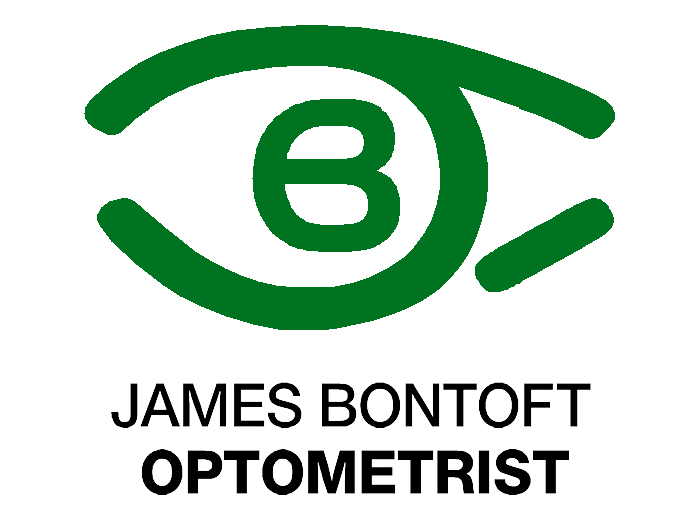Presbyopia
Definition
Presbyopia is a loss in the flexibility of the focussing system of the eye. It is a refractive condition where the eye exhibits a progressively diminished ability to focus on near objects with age. With time everyone become presbyopic and the condition superimposes itself on any pre-existing spectacle prescription.
These changes in the lens commence at birth, but do not become symptomatic until after the age of 40 when difficulty is encountered with reading, even when wearing spectacles that have previously sufficed well for both distance and near activities.
Cause
When we are young this lens can flex under the control of zonular fibres that connect the periphery of the lens with the muscles of the ciliary body, and the elasticity of the lens capsule. If the eye is relaxed the zonular fibres pull on the lens and cause it to assume a flat, disc-like shape that is relatively weak in focusing power. If the muscles of the ciliary body contract the space between the origin of the zonular fibres is brought towards the surface of the lens, and so the tension of these fibres is slacken; in turn, this allows the elasticity of the lens capsule to dominate and moulds the contained lens to a relatively bulbous shape that has more focusing power.
The main cause of presbyopia is the crystalline lens becoming increasingly stiff. Additionally, the lens continues to grow throughout life and this reduces the space between the ciliary body and the lens surface, and thus reduces the baseline amount of tension in the zonular lens fibres and thus the amount that may be slackened.
Treatment
Presbyopia is most commonly treated with spectacles that supply the additional power to the distance prescription that was formerly supplied by flexure of the crystalline lens. The simplest method of correcting presbyopia is with reading glasses that have the reading prescription across the whole lens.
Alternatively, lenses may be worn that have both the distance and near prescriptions. These different prescriptions are necessarily in different parts of the lens. This was traditionally achieved with bifocals that are a distance lens with a reading segment, which provide excellent optics but lack intermediate focus and are generally not considered attractive. Another optical solution is the use of varifocal lenses where a progressive increase in focusing power is achieved by a progressive increase in curvature of one of its lens surfaces when moving down the lens. These lenses provide a focus for all viewing distances, and have no physical line, but owing to the necessity of blending different curvatures at the edges of the lens have peripheral distortions that limit the width of the central ‘corridor’ of clear vision. Improvements in varifocal design and manufacturing techniques have allowed for huge improvements in the functioning and tolerance of these lenses such that most people can wear them for most things.
It is more difficult to correct presbyopia with contact lenses than with spectacles. This is a contact lens rotates with the eye, and so it is not possible to only be looking through one part of the lens at one time. As a result, a contact lens that attempts to give distance and near correction must overlay the two focal lengths. With these lenses, at every distance, while there is a clear focus there is simultaneously a superimposed out of focus picture. This problem can be lessened with designs that use concentric rings of alternating distance/near focus that are sized to give dominance to the correct focal length with changes in pupil size, with the assumption that the pupil size changes in predictable ways with viewing distance. Another attempt to correct presbyopia with contact lenses is to give a distance correct ion to one eye and a near correction to the fellow eye. This technique is termed monovision, and is a fudge because with different corrections the focus of the two eyes will be staggered and they will not work together optimally. In summary, attempts to correct presbyopia with contact lenses do not give as good vision quality as can be achieved with spectacles; however, for some people the vision that can be achieved is acceptable as a trade-off with the increased convenience of contact lenses.
Refractive surgery does not correct presbyopia with standard technique using lasers. This means that in people who are myopic with blurred far vision but can see well to read, and so who wear spectacles for distance only, ‘successful’ surgery will only serve to reverse this situation and require them to wear spectacles for near tasks but not for distance. There are surgical techniques that aim to correct presbyopia, but these inherently have the same drawbacks as with contact lenses, namely, that any optical element within the eye that is fixed in its position and shape cannot provide clear vision at different focal length because the pictures of the two or more focal distances must be overlaid. Surgery has a major additional drawback to contact lenses, in that it is associated with a much greater risk of sight threatening complications and cannot easily be reversed.
